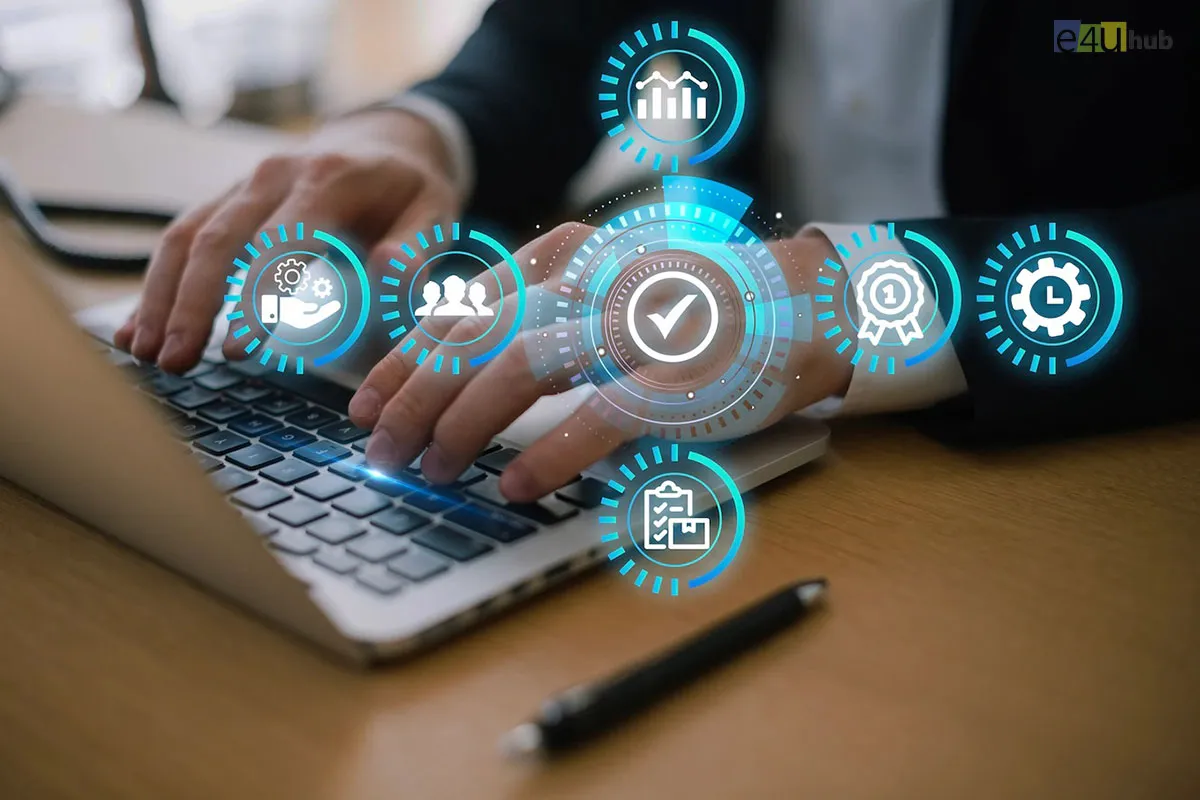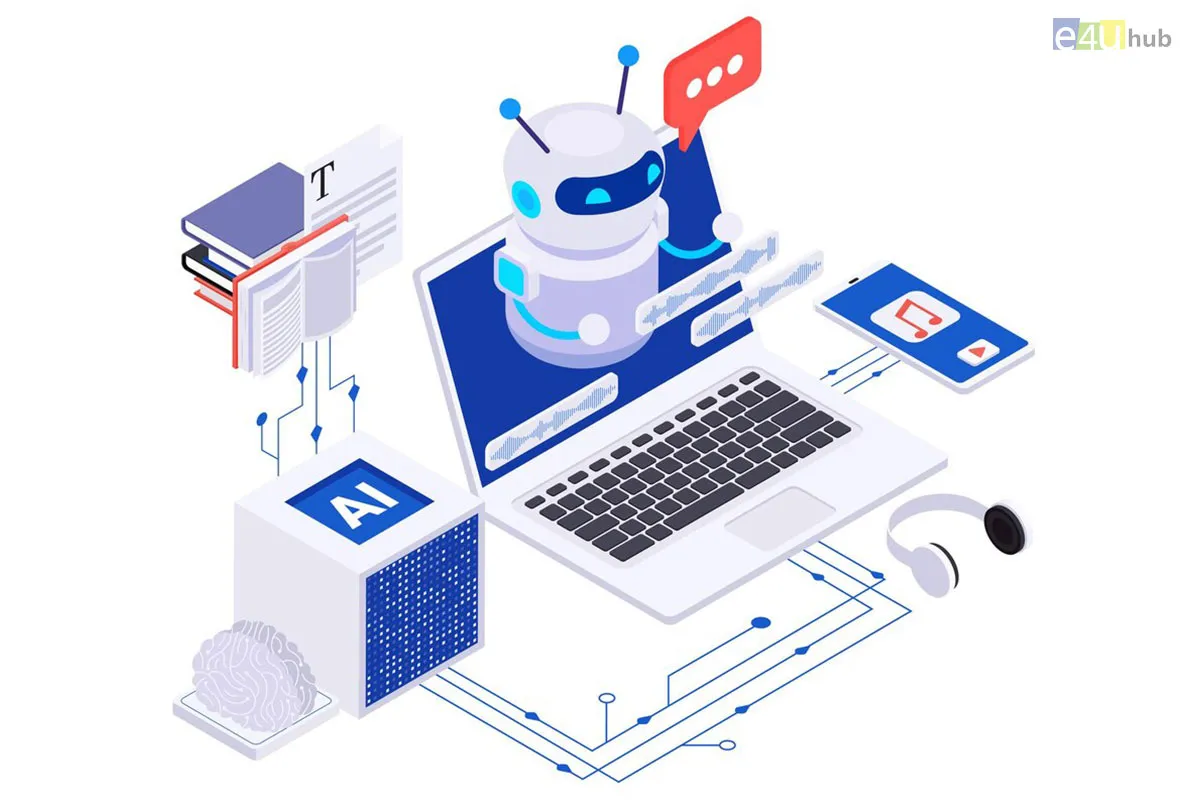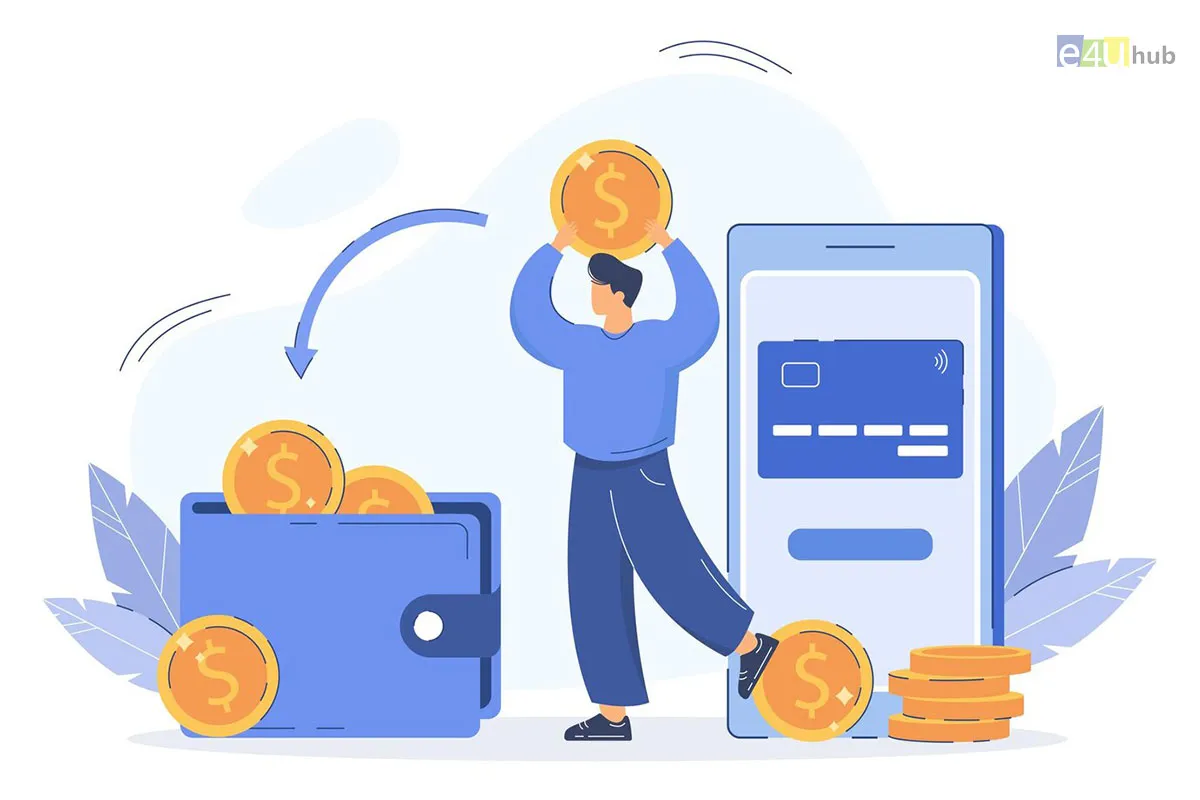
How has technology advances changed IT support?
- 23 Oct, 2023
- Tech
- 377 Views
- 0 Comments
Technology advances have significantly transformed the landscape of IT support in various ways, making support services more efficient, accessible, and responsive. Here are some key ways in which technology has influenced IT support:
1. Automation and AI:
a) Chatbots and Virtual Assistants: AI-powered chatbots handle routine queries, providing instant responses and freeing up human agents for more complex tasks.
b) Automated Ticketing Systems: IT service management tools automate ticket creation, categorization, and routing, streamlining the support process.
2. Remote Support:
a) Remote Desktop Tools: Technicians can access users' computers remotely, diagnosing and resolving issues without being physically present.
b) Virtual Private Networks (VPNs) and Secure Connections: Ensures secure remote access to corporate networks for troubleshooting and maintenance.
3. Big Data and Analytics:
a) Predictive Analytics: IT support can anticipate issues by analyzing data patterns, allowing proactive measures to prevent downtime or failures.
b) Performance Monitoring: Tools track system performance in real-time, enabling quick responses to any anomalies.
4. Cloud Computing:
a) Cloud-Based IT Service Management: Cloud solutions facilitate the management of IT support processes, making them accessible from anywhere with an internet connection.
b) Scalability: Cloud services can scale IT support resources up or down based on demand, ensuring efficient resource utilization.
5. Collaboration Tools:
a) Instant Messaging and Collaboration Platforms: Teams can communicate in real-time, facilitating quick issue resolution and knowledge sharing among support staff.
b) Video Conferencing: Enables virtual meetings and screen sharing for visual issue diagnosis and resolution.
6. Cybersecurity Advances:
a) Advanced Security Tools: IT support integrates sophisticated cybersecurity tools to identify, mitigate, and prevent security threats promptly.
b) Security Training and Awareness: Utilizes technology for online training modules to educate users about security best practices, reducing common issues caused by human error.
7. Mobile Support:
a) Mobile Apps for Support: Many IT support functions can be performed via mobile apps, allowing technicians to respond to issues on the go.
b) Mobile Device Management (MDM): Helps in managing and securing mobile devices used within an organization.
8. Self-Service Portals:
a) Knowledge Bases and FAQs: Self-help portals equipped with extensive information allow users to troubleshoot common issues independently, reducing the volume of support requests.
9. Augmented Reality (AR) and Virtual Reality (VR):
a) AR-guided Troubleshooting: Technicians can use AR glasses or apps to receive visual cues and step-by-step guides for troubleshooting hardware issues.
b) VR Training: VR simulations provide immersive training experiences for IT support staff, enhancing their skills and problem-solving abilities.
These advancements have collectively made IT support more efficient, responsive, and capable of handling the ever-evolving challenges in the digital landscape.














Leave a Reply